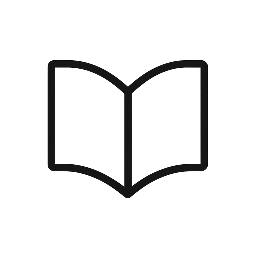Category: general questions
-
How is ancient Chinese polytheism like Shinto? In what ways are they different? In what ways are Shinto unlike any other world religions? You might address things like ancestor worship, kami, divination, shrines, ritual, miko, Kojiki, I Ching, zoomorphism, roles of kings & emperors, shamans & priests. 6. Trace the evolution of the revival…
-
Comment upon selected Taoist or Confucian scriptures from the Sacred Readings website or the readings with links above. How do the scriptures or reading you have selected (tell me specifically which ones you have chosen to write about) compare with the historical and theological information presented in the Invitation to World Religions text?
-
Daoism (Taoism) Confucianism Shinto for week 5 read: Chapters 8 & 9 in Invitation to World Religions Chapters 8 & 9 Selected Readings from the World’s Religious Traditions …
-
Explore on your own some of the Chinese scriptures such as: the Analects, Tao te Ching, Mencius, I Ching, Confucius’ Ethics and Politics, the works of Chuang Tzu. Share your thoughts on the particular readings you have chosen. (You will have to look outside your text for much of this information.)
-
Buddhism for week 4 read: Chapters 5 in Invitation to World Religions Chapter 5 Selected Readings from the World’s Religious Traditions In Sacred Readings: From the Paili Canon on Impurity http://www.accesstoinsight.org/tipitaka/kn/dhp/dhp.18.budd.html Dhamapada – Verse 5 http://www.tipitaka.net/tipitaka/dhp/verseload.php?verse=005 …
-
Address the history and ideology of some of the specific schools within Mahayana Buddhism such as: Tibetan, Tantric, Zen, Nichiren and Pure Land. (You don’t have to write about all of them.) Write about the importance of monasticism or meditation in Buddhist tradition. Consider doing some research on the current Dalai Lama and presenting it…
-
Discuss Jainism along with its ideologies, scriptures and practices. Compare it to the Hindu culture from which it evolves. How is Jainism similar and dissimilar to Buddhism? 6. Answer Review Questions 2 and 4, and Further Reflection question # 3 on page 214 (2nd edition) or page 219 at the end of the Invitation…
-
Discuss some of the aspects of Hindu worship and devotion such as puja and the yogas. How was Hindu practice reformed during the 19th and 20th centuries? What are some of the practical differences between “folk Hinduism” (a literal belief in the many gods and goddesses) and those who espouse a more “monistic” or “henotheistic”…
-
A few of you may have some interest in the gods and goddesses of Hinduism. You could write an essay on the role of particular divinities represented in Hindu tradition and some of their ascribed attributes.
-
Answer any 2 questions from the Indigenous North American “Review Questions” or “For Further Reflection” questions from page 55 (2nd edition) or 57 of Invitation to World Religions.
